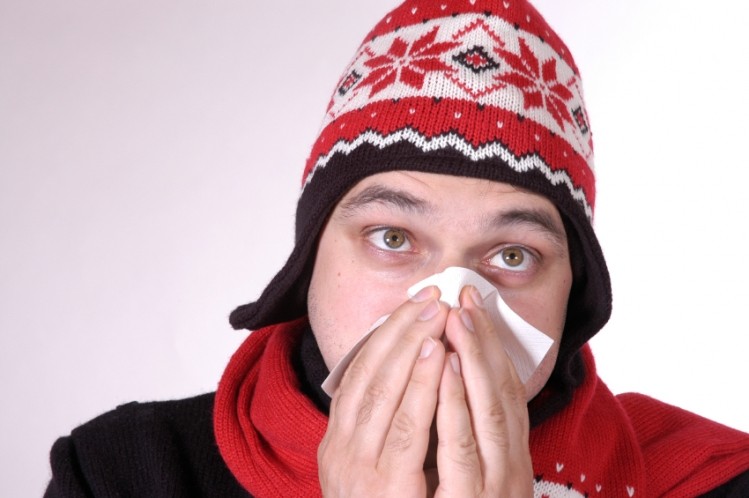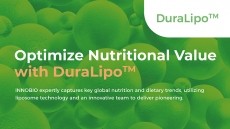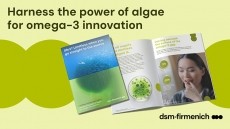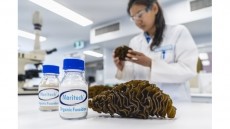Snack Size Science: The ABC - and D - of common cold control

Here is a direct transcript of this podcast:
This is NutraIngredients’s Snack Size Science. I’m Stephen Daniells - bringing you the week’s top science in digestible amounts.
This week it’s the ABC – and D – of common cold control.
At the first signs of a sore throat and runny nose, many consumers reach for vitamin C in the belief that it can prevent and treat respiratory infections like the common cold. As a result, vitamin C is one of the big hitters in the dietary supplements industry, with revenue in the US and Europe valued at around 150 million dollars a year, which is not something to be sniffed at.
Despite a strong image with consumers, several studies, including a Cochrane Systematic Review, have failed to provide the science to support vitamin C’s potential as a cold buster.
A recent study suggested however that people should be taking D and not C, if they want to get protection against colds and flu.
Researchers from the University of Colorado reported that people with low levels of the sunshine vitamin may be about 40 per cent more likely to have had a recent respiratory infection, compared with those with higher levels of the vitamin.
The study, which was published in the Archives of Internal Medicine, is said to be the first time a population-based study has demonstrated that vitamin D levels may be linked to respiratory health.
But hitting the sun beds on dark winter days would be highly irresponsible, given soaring skin cancer rates. While our bodies do manufacture vitamin D on exposure to sunshine, the levels in some northern countries are so weak during the winter months that our body makes no vitamin D at all, meaning that dietary supplements and fortified foods are seen by many as the best way to boost intakes of vitamin D.
If future trials back up the potential of protecting against winter sniffles, it may be time to bring vitamin D in from the cold.
For NutraIngredients’ Snack Size Science, I’m Stephen Daniells.
To read our full, in-depth coverage of this study, please click here.














